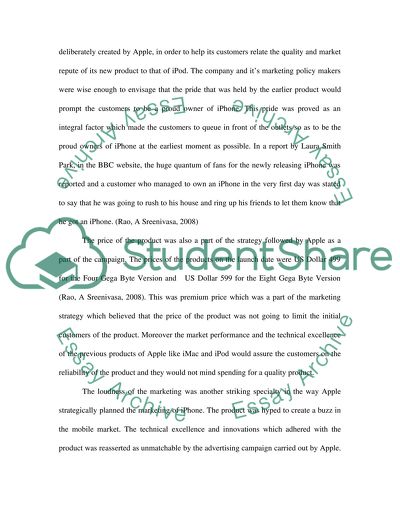Cite this document
(“Analysis of the Buzz Generated Around the Launch of iPhone Essay”, n.d.)
Analysis of the Buzz Generated Around the Launch of iPhone Essay. Retrieved from https://studentshare.org/marketing/1550323-analysis-of-the-buzz-generated-around-the-launch-of-iphone
Analysis of the Buzz Generated Around the Launch of iPhone Essay. Retrieved from https://studentshare.org/marketing/1550323-analysis-of-the-buzz-generated-around-the-launch-of-iphone
(Analysis of the Buzz Generated Around the Launch of IPhone Essay)
Analysis of the Buzz Generated Around the Launch of IPhone Essay. https://studentshare.org/marketing/1550323-analysis-of-the-buzz-generated-around-the-launch-of-iphone.
Analysis of the Buzz Generated Around the Launch of IPhone Essay. https://studentshare.org/marketing/1550323-analysis-of-the-buzz-generated-around-the-launch-of-iphone.
“Analysis of the Buzz Generated Around the Launch of IPhone Essay”, n.d. https://studentshare.org/marketing/1550323-analysis-of-the-buzz-generated-around-the-launch-of-iphone.


